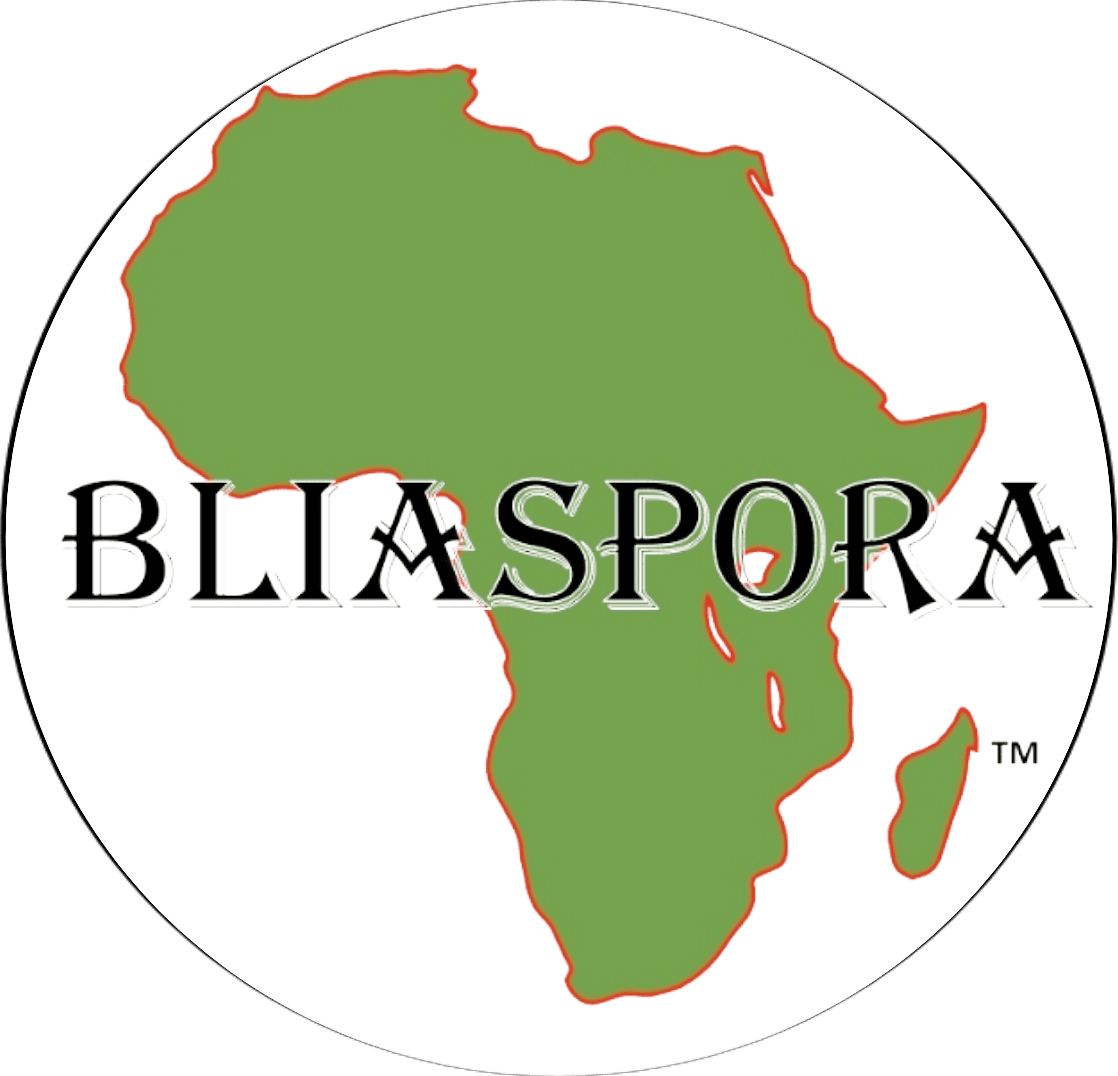The Dominican Republic occupies the eastern portion of the Island of Hispaniola sharing with Haiti in the Caribbean. Unlike Cuba and Puerto Rico, the story for the Dominican Republic is not the same. Since the western portion of the island was a French Colony and is now modern-day Haiti created a unique story unlike the other former Spanish Colonies. Prior to colonization from Spain the Island was inhabited by the Taino people, unfortunately, due to wars and disease from European conquerors their numbers dwindled to non-existence. Christopher Columbus landed on the island in 1492 and claimed the island La Espanola after Spain. Now under Spanish rule the Dominican Republic had the oldest Cathedral, monastery, and hospital in the Western Hemisphere.
For the better part of the next three centuries, Hispaniola remained a neglected, poverty-ridden backwater of the Spanish empire. Successive raids by British, Dutch, and French marauders and buccaneers further devastated the island. Eventually, the Spanish crown recognized France’s claims to the western third of Hispaniola, a region that was renamed Saint-Domingue (later Haiti); a prosperous sugar-producing colony based on black slavery grew up there. The Spanish colony also experienced a modest economic boom in the 18th century as a by-product of Saint-Domingue’s prosperity, but its population reached only about 100,000—about one-fifth that of the French colony.
https://www.britannica.com/place/Dominican-Republic/Press-and-broadcasting#ref54452
The turmoil going on in the west spread on the eastern portion of the island as the leader of the Haitian Revolution Toussaint L’Ouveture crossed in the Spanish territory battling both British and Spanish troops. Eventually the opposing armies were able to push him back to the already defeated French portion of the island as is known today as Haiti. In 1809 the colony was reunited with Spain until 1821 where Dominican leaders declared independence from Spain. Soon after then president of Haiti Jean-Pierre Boyer stormed the Dominican Republic with his troops. Boyer liberated the remaining slaves but also not popular was ousting the traditional ruling class, ridding of European and Hispanic traditions, and taking food supplies. This attempt to unify the island lasted until 1842 where Dominicans fought for independence from Haiti and won.
Between 1844 and 1899 the nation was gripped with instability with several military strongmen in charge. It was not until the United States involvement in 1905 that the direction began to go in a positive direction.
The United States began to administer the Dominican Republic’s customs agency, using it in part to pay off the republic’s European creditors, who had threatened to collect on their debts. The United States assumed complete control of the nation’s government in 1916 after its fragile political structure collapsed again. During the occupation (1916–24) the United States placed thousands of troops in the Dominican Republic as well as in neighboring Haiti, which it administered from 1915 to 1934. The U.S. Marines built roads, schools, communications and sanitation facilities, and other projects, and the occupation government enacted legal reforms that allowed U.S.-owned sugarcane companies to expand their operations. In addition, the marines transformed the nation’s cultural life by introducing chewing gum and baseball, a sport that has since become a Dominican passion. https://www.britannica.com/place/Dominican-Republic/Caudillos
In 1930 Rafael Trujillo’s thirty-one-year dictatorship began. “Shortly into Trujillo’s first term, Santo Domingo, the Dominican capital, was devastated by a hurricane. Trujillo used the disaster as an excuse to impose martial law on all citizens. He also imposed “emergency taxes” and even seized the bank accounts of his opposition. Trujillo spent the next six years renovating the city and building several monuments in his own honor. Upon completing renovations, Trujillo renamed Santo Domingo “Ciudad Trujillo.”’ (https://www.biography.com/dictator/rafael-trujillo) Other atrocity’s under Trujillo regime was the absolute control of all major industries, financial institutions, and the massacre of Haitian migrants in the Dominican Republic. It was not until Trujillo’s assassination on May 30, 1961 on a dark highway that sealed his fate and ended one of the darkest chapters in Dominican Republic’s history.
Today the Dominican Republic is a democratic nation with a world class tourist industry that millions travel to each year. The number one tourist location in the Caribbean the Dominican Republic, visitors are greeted with sprawling telecommunications, infrastructure, transportation, and culture. All these combined allows people to enjoy resorts along the beach, and lavish travel packages.
Meringue is the music of the Dominican Republic with a blend of African roots from slavery while baseball in the national sport on the islands producing some of the best players to have ever played in the major leagues.



*Cultural traditions in the Dominican Republic are a bit of a conglomeration, combining Roman Catholic traditions with African religious ceremonies, like Santeria.
Data From: http://worldpopulationreview.com/countries/dominican-republic-population/
